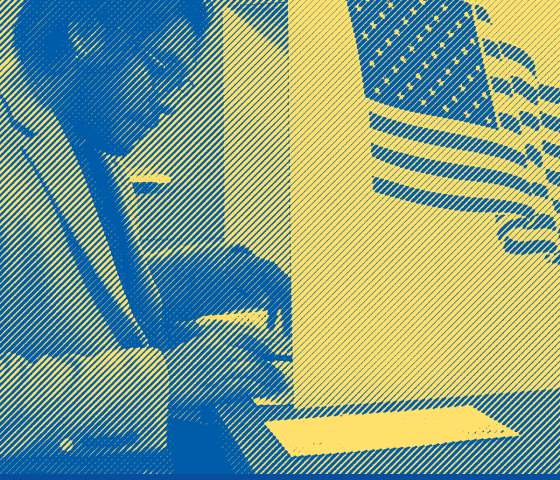On Monday, January 15, 2024, national attention will focus on Iowa and the Iowa caucuses.
The Iowa caucuses are essentially neighborhood meetings of the major political parties. The Democrats and the Republicans this year will hold caucuses in nearly 1,700 precincts across the state.
Caucuses are not elections. They are the mechanism through which individuals show their support for a candidate, and tell the parties what issues matter. The caucuses have changed in recent years, but they still provide a fascinating insight into our political process.
Every other year, Democrats and Republicans hold caucuses in nearly 1,700 precincts across the state. During the caucuses, YOU have the opportunity to speak up for issues that matter most to you and further your involvement in the political process.
What Exactly Are the Iowa Caucuses?
The Iowa caucuses are essentially business meetings of those political parties that were able to garner a set amount of votes in the previous general election.
Again, caucuses are not elections. They are run by the state parties and not state government. They are the mechanism through which individuals show their support for a candidate, and tell the parties what issues matter to them. And they decide who will attend county conventions.
Every two years, the two major political parties hold these caucus meetings to discuss their platform and upcoming events. But every four years, during the presidential elections, the caucuses are also used to determine who the parties’ presidential nominee should be.
The caucus system, rightly, has come under criticism in recent years. Other states, like New Hampshire, hold primaries where people simply cast a vote to conduct similar party business. Unlike casting a vote, which you can often do in just minutes and often have a window of days to do, the caucuses require people to be physically present for a few hours. That makes participation difficult for people who can't get or afford child care, people living with disabilities or mobility issues, people who lack transportation, and people who work evenings. However, the Democrats recently have changed their rules to allow for mail-in participation.
What To Expect at a Caucus
What to expect at your local caucus largely depends on which party's caucus you decide to attend. As a result, a Democratic caucus is different from a Republican Caucus. A key difference is that the Democrats now determine presidential preferences through a mail-in system, not at the actual evening caucus event.
What Happens at a Democratic Caucus
What Happens at a Republican Caucus
Key Facts
Some good key facts to know when attending the caucuses.
- The caucuses start at 7:00 p.m. sharp! It's advisable to get there a half hour early because once the caucus starts, late-comers will not be allowed in.
- You must be registered to the party for which you are caucusing. That means you must be a registered Democrat to participate in the Democratic caucus, and you must be a registered Republican to participate in the Republican caucus.
- If you are not registered to a party or are registered to a different party, you can still caucus. You can change your party registration at your precinct caucus.
- You must reside in the precinct where you are caucusing. If you are not from that precinct, you can watch but not actually participate.
- You must be eligible to vote. If you have not registered to vote yet, you will be able to do this at your precinct caucus.
- You must be 18 years old by election day.
- Precinct caucuses may last anywhere from an hour to several hours, depending on the size of the caucus. You are allowed to leave at any point.
- If you are a registered Democrat, you must request your presidential preference card by February 19, 2024. The results are announced on March 5. Details here.
Caucus to Convention
Precinct caucuses are just a first step in Iowa's presidential nomination process. Both the Democratic and Republican Caucuses follow the same basic procedural pathway:
- Precinct Caucuses (January): These happen at the neighborhood level. At the Republican caucuses, individuals indicate a preference for president, elect delegates to represent their precinct at the county level, and discuss resolutions. At the Democratic caucuses, they do the same thing except for indicating a preference for president. That is done with mail-in cards instead and you do not need to attend the caucus to do so.
- County Conventions (March): The delegates elected from the precincts go to the county Conventions, vote on resolutions to be sent to the district level, and elect delegates to go to the District Conventions, and on to the State Conventions.
- District Conventions (Usually April): Resolutions approved at the county conventions will be combined and voted on at the District Conventions. From here, they are sent to the party to become part of the party platform.
- State Conventions (Usually May): Delegates for the national convention are selected and the state party platform is finalized.
Find where your precinct caucus will be held
